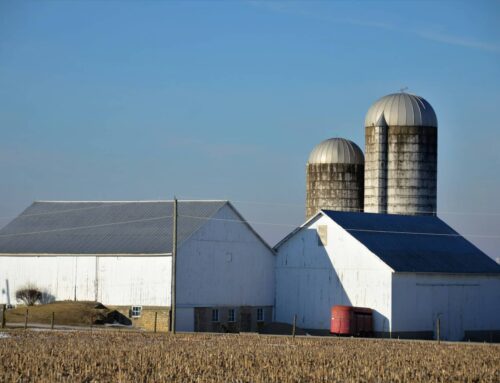As Congress debates a supplemental spending bill to cover disasters, policymakers are again on track to respond without significant efforts to improve overall disaster policy. We need policies that not only protect people from immediate harm, but actually leave individuals and communities safer and more prepared for the next disaster – and now is the time to do that. While nobody can predict exactly when or where disaster will strike, we know it will. And we need to be better prepared.
There are times when “emergency” spending is appropriate. The Office of Management and Budget developed a definition of emergency in 1991 that has been kicked around for years and included in several budget resolutions. To truly be considered an emergency, something must be: necessary; sudden; urgent; unforeseen; and not permanent. Federal responses to many natural disasters meet this definition. And there are programs that effectively deploy when there is an emergency. The Corps of Engineers temporarily patches levees that fail. FEMA’s Disaster Relief Fund immediately sends aid to help provide shelter, conduct debris removal, and restore critical infrastructure. But when it comes time to pay the bill for these efforts and fund programs to rebuild, that’s where “emergency” spending too often compounds the natural disaster with a fiscal disaster.
The disaster bill currently being debated is on this same path. The price tag was $8 billion when introduced in the House last December, $14 billion in January, and now $16 billion in the Senate. The longer the deliberation, the higher the price tag climbs. This is partially due to its growing in scope. The bill now covers losses in 2018 and 2019. The eligible disaster events has grown from California wildfires and hurricanes in 2018, to explicitly include floods, tornadoes, and snowstorms that have hit since last December.
These disasters have harmed people and created costs. But in many accounts this bill will simply add more funds to the tens of billions of dollars in previously approved but not yet spent “emergency” aid – with no guarantee these funds will make communities or individuals safer. From Fiscal Year (FY) 2005 through FY2018, Congress provided $45 billion to the Corps in response to flooding and other disasters. Included in this was $5.3 billion for Super Storm Sandy; more than half of which is still unspent seven years later. And no one is really tracking it. Of the nearly $50 billion in emergency spending for 2017 storms Hurricanes Harvey, Irma, and Maria $30 billion is unspent. The same is true for the Community Development Block Grant program, which received $35 billion in supplemental appropriations, but has only spent $10.5 million. (To be fair, $7 billion – or a fifth – of the CDBG funds have been obligated, meaning the projects have been identified, but the check hasn’t gone out yet.)
Responsible disaster recovery takes time. So having unspent recovery funds, even years later, isn’t of itself evidence of a problem. But it does show that designating the money an “emergency” may be less about getting dollars quickly out the door and more about avoiding budget rules and striking when the disaster “iron” is hot.
Emergency spending doesn’t have to be offset with spending cuts or revenue increases; it’s simply added to the deficit. Of course we should provide immediate assistance in the wake of a disaster, but so much of what is included in disaster bills is not about immediate response. Eventually all spending must be accounted for. Construction done years down the line needs to be budgeted.
The freedom of not having to even try to pay for emergency spending bills creates mission creep in almost every disaster bill. The Agriculture portion of the bill being debated now not only covers 2018 and 2019 but actually makes crop losses from the spring of 2017 eligible, but only if those crops are blueberries and peaches lost due to extreme cold. Some lawmakers are looking to use the bill to have the federal crop insurance program pay for losses of stored grain. This despite the fact harvested grain is no longer a crop, but inventory that can be insured like all other farm property. And another provision would expand the Harbor Maintenance Trust Fund—a fund used to cover, well, maintenance costs at federal ports—to cover constructing non-federal features at these ports. And take it off budget as well. It’s like using federal gas tax money to pay for building a new driveway – while saying that spending won’t count toward budget limits.
Lawmakers need to do a better job planning for disasters. Absolutely we should immediately respond to protect life and property. But for rebuilding we should spend money over time as needed, while maintaining cost-share and increasing non-federal responsibility in shouldering costs of protection and recovery. Keep it all on budget (eventually). In the end it all goes on the nation’s credit card. Funding predictable, non-emergency needs through supplemental bills or refusing to offset legitimate emergency spending is something taxpayers cannot afford. Accounting gimmicks may hide the financial cost, but they don’t reduce the physical risks to property and life.










